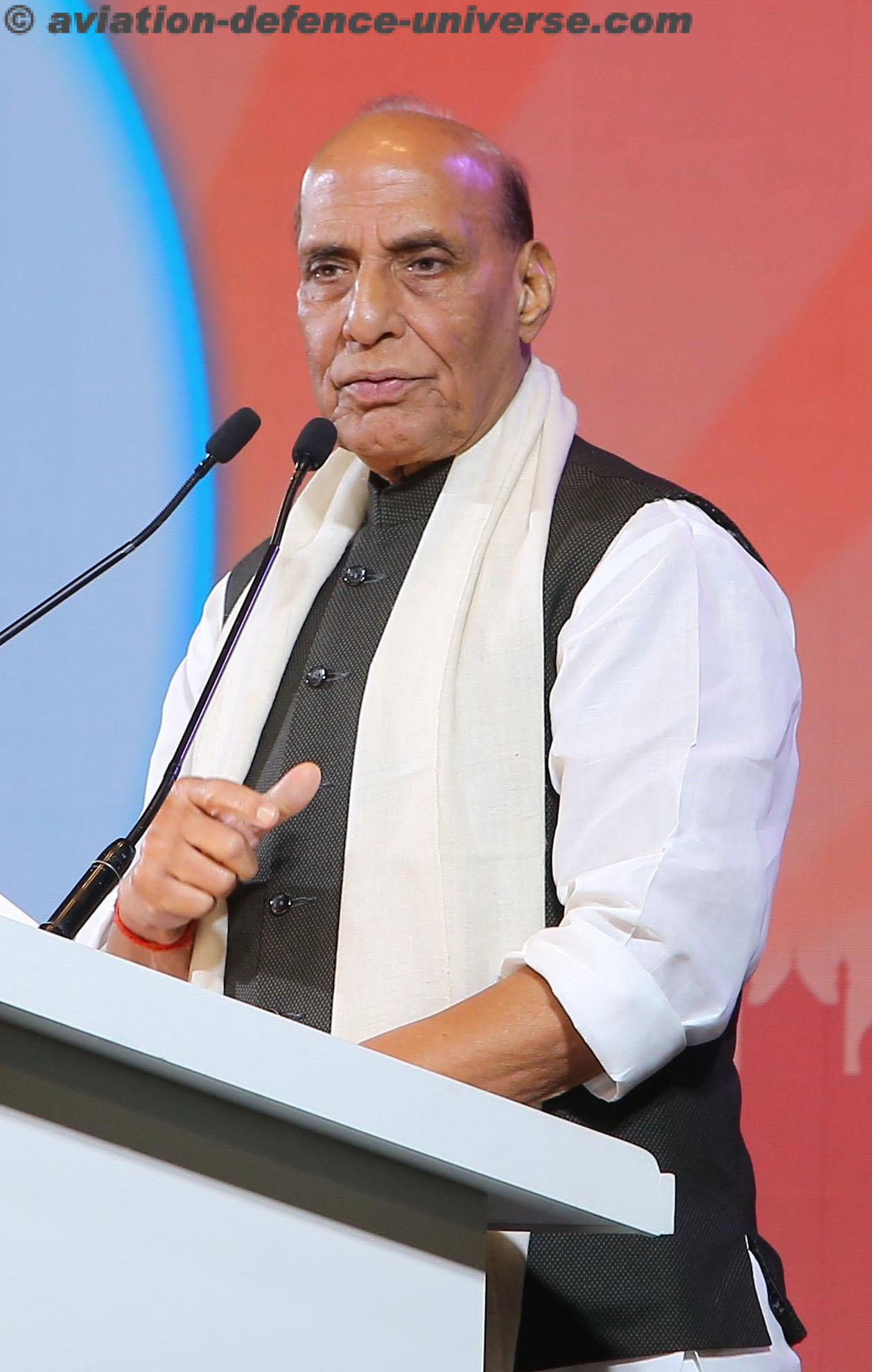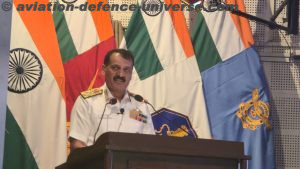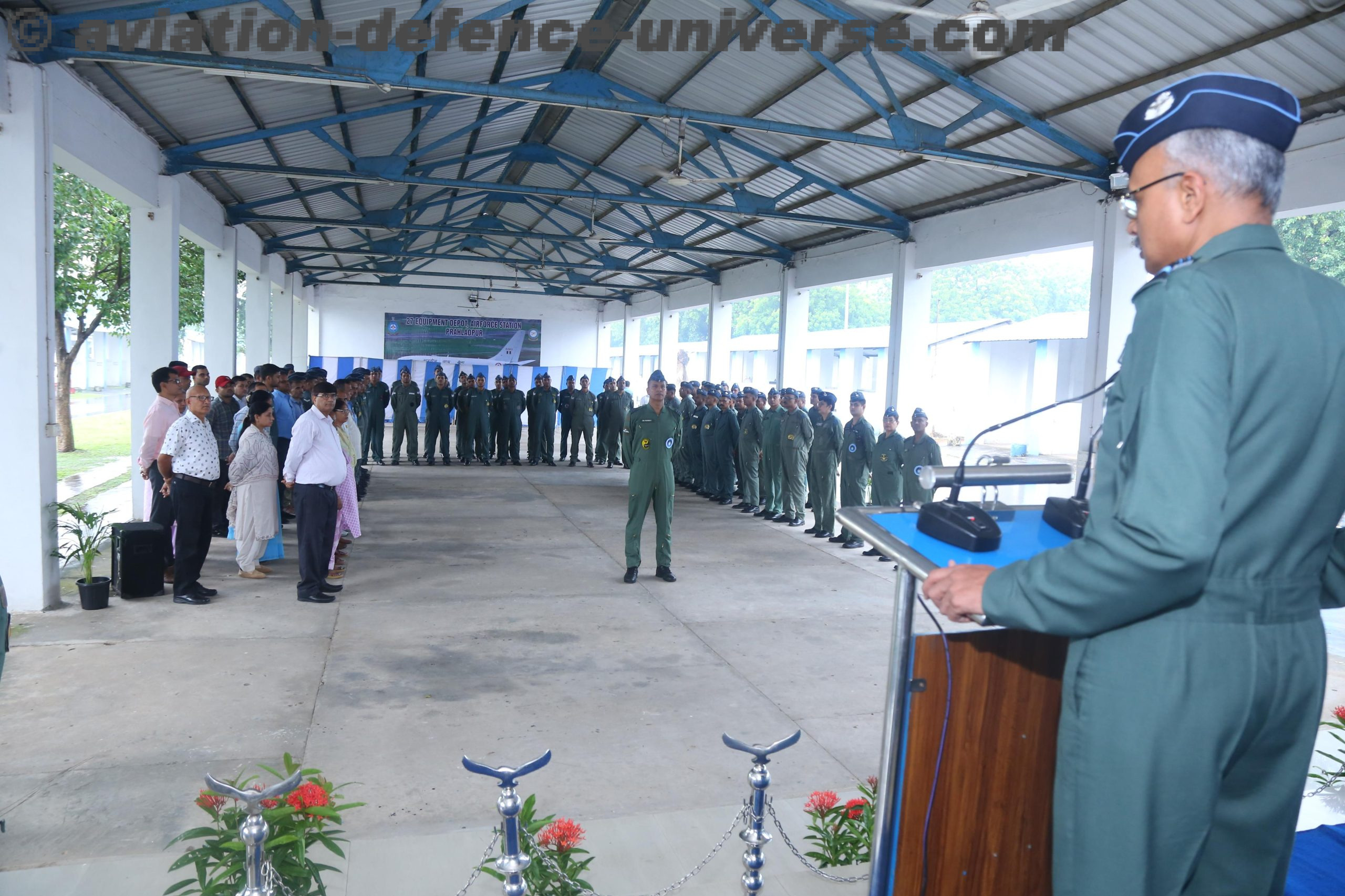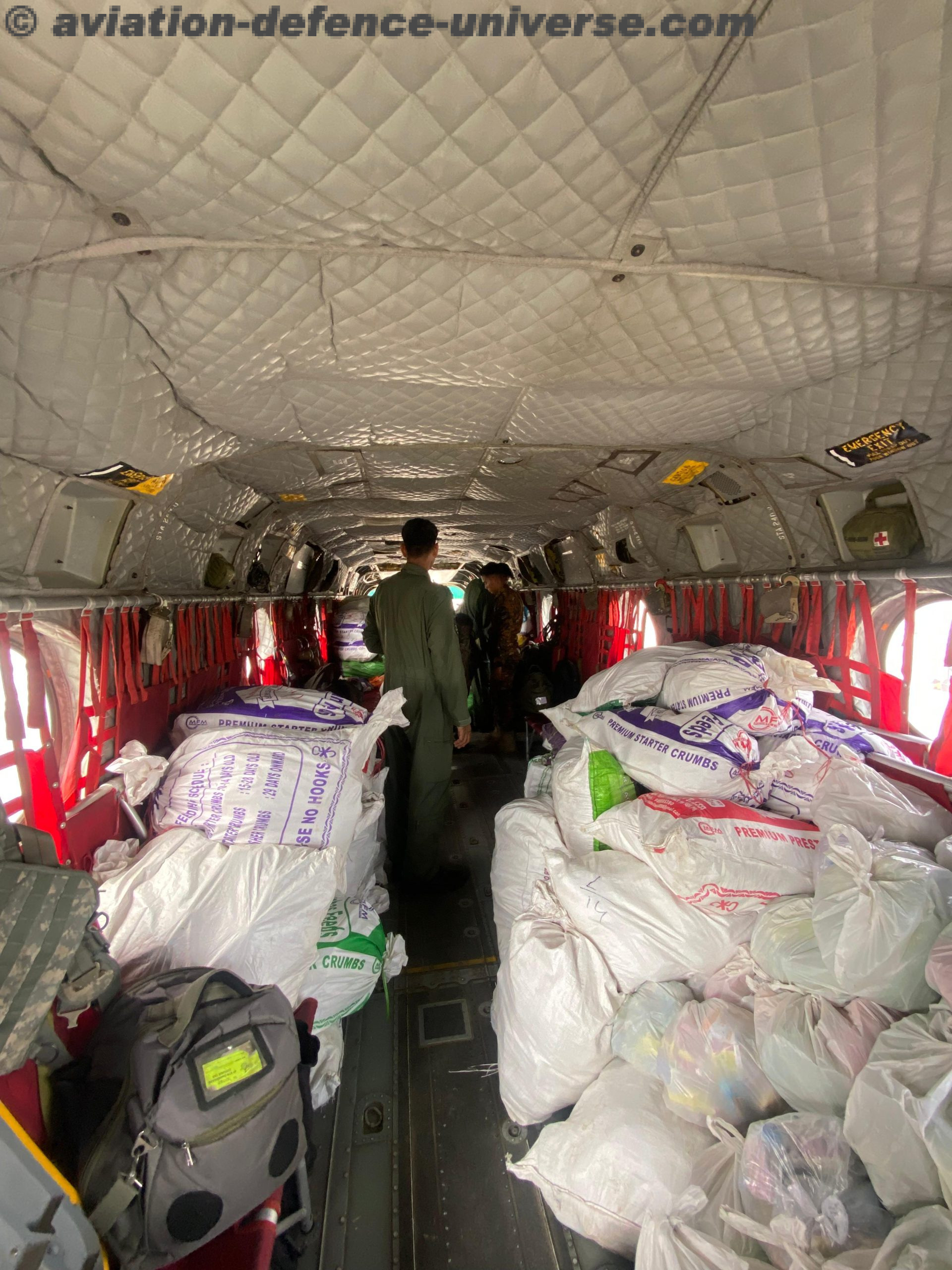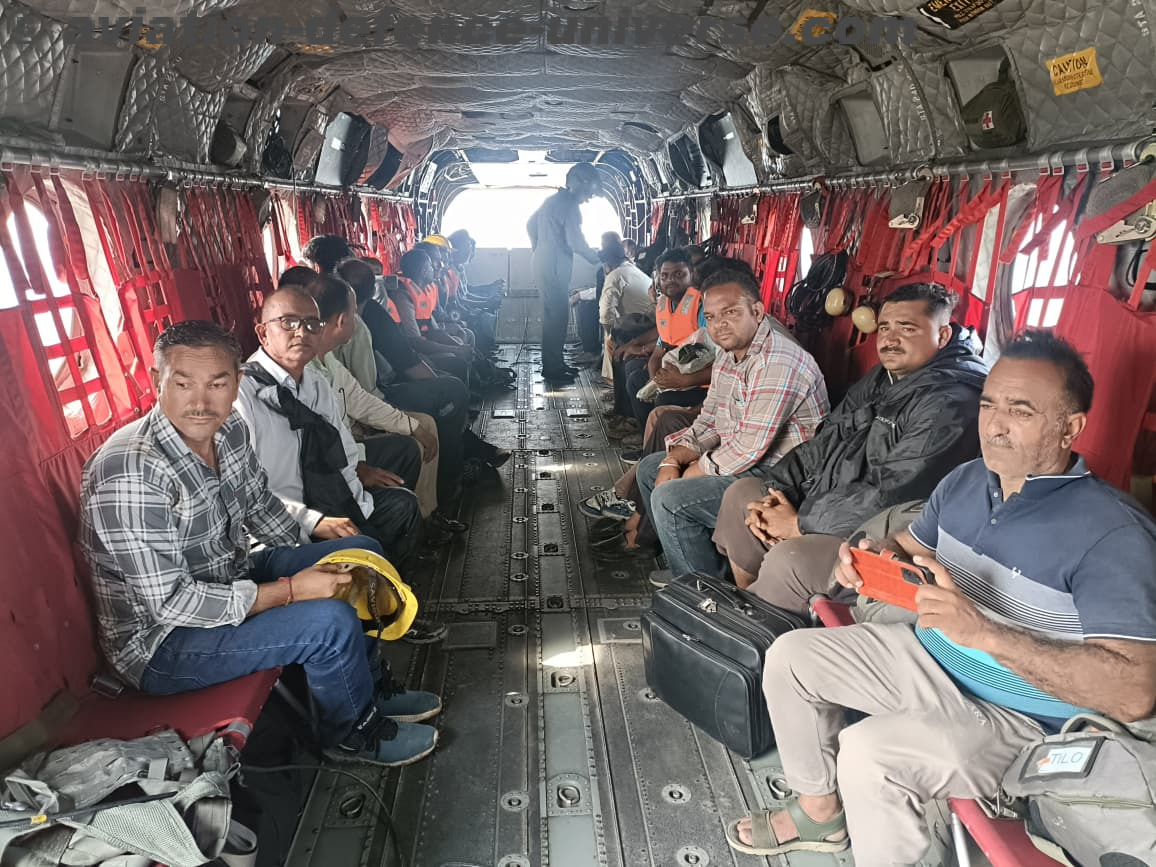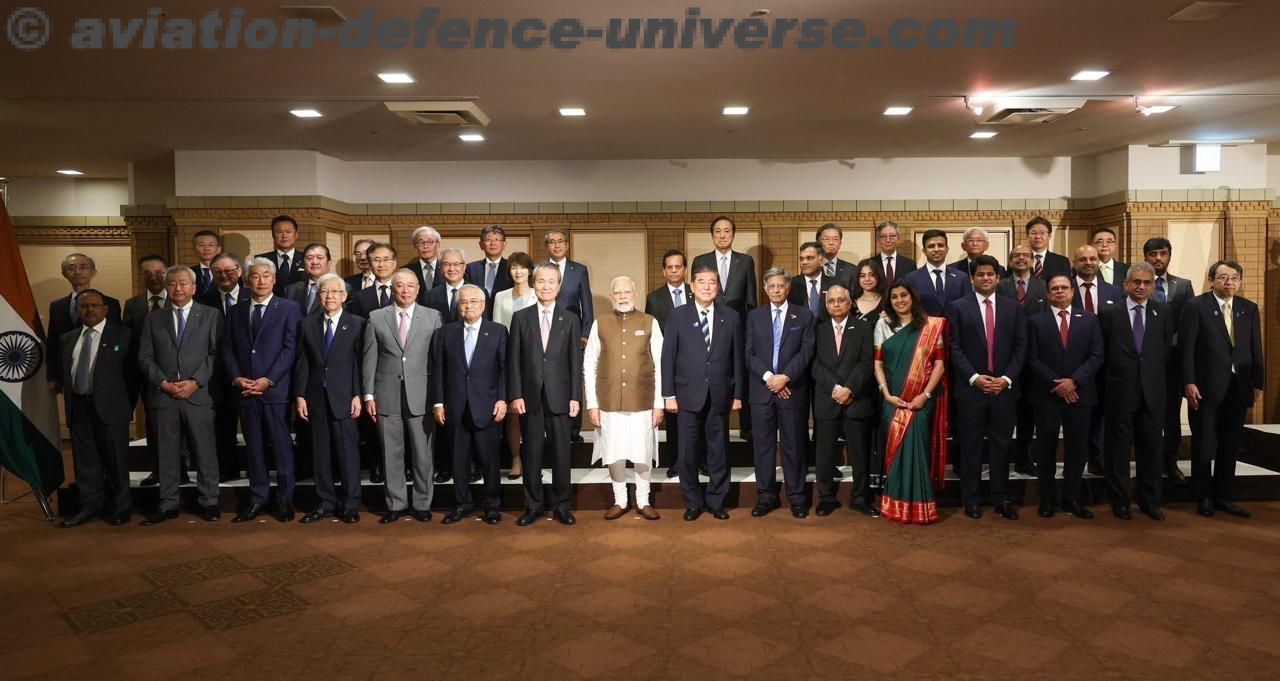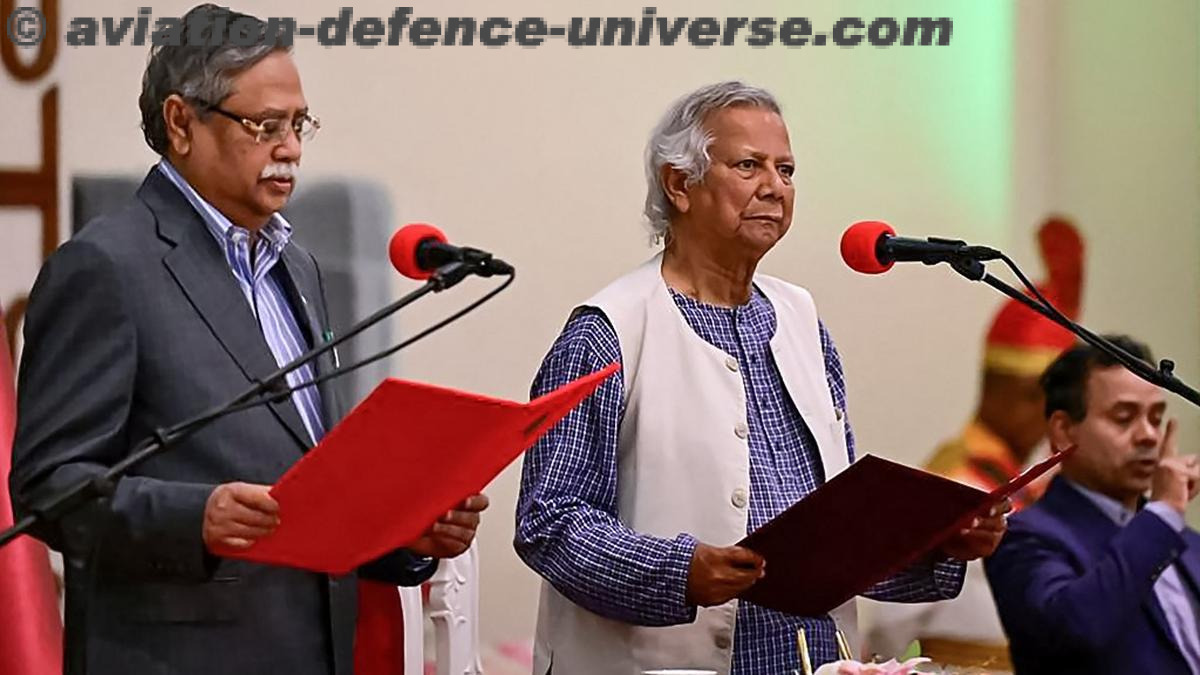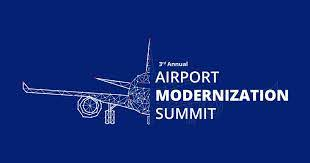- India Assessing Impact of Pakistan Airspace Closure, Working Closely with Airlines: Minister Naidu
By Sangeeta Saxena
New Delhi. 28 April 2025. The air corridor between India and Pakistan, though only a few hundred kilometres wide, has long been a geopolitical flashpoint impacting civil aviation. Over the years, Pakistan’s closure of its airspace to Indian airlines has served as both a diplomatic signal and a logistical challenge, disrupting routes, increasing operational costs, and forcing Indian carriers to adapt quickly to changing circumstances.
As tensions escalate following the terror attack in Pahalgam that claimed at least 26 lives. India’s Civil Aviation Ministry is closely monitoring the situation stemming from Pakistan’s decision to restrict its airspace for Indian carriers. Civil Aviation Minister K. Rammohan Naidu speaking on the sidelines of the Aviation Horizon 2025 conference in New Delhi, said the government is conducting a comprehensive assessment and working with airlines to find solutions that safeguard both operational viability and passenger interests.
“We are assessing the situation and working with airlines,” said Naidu, reiterating that any decision will be taken only after a thorough understanding of the operational, financial, and passenger-related implications. The closure of Pakistan’s airspace has resulted in longer flying hours, especially for international flights originating from north Indian cities, thereby increasing operational costs for Indian carriers.
One of the first major instances of airspace restrictions occurred during the Kargil conflict in 1999. In the midst of military tensions, both India and Pakistan closed their airspace to each other’s commercial aircraft. The standoff significantly impacted civil aviation between the two countries and forced international carriers flying over the region to divert or reroute flights.

Following the 26/11 Mumbai terror attacks, diplomatic relations between India and Pakistan soured dramatically. While Pakistan did not officially close its airspace to Indian airlines at that time, the tension led to increased security protocols, tighter monitoring of flights crossing borders, and a freeze on any potential aviation cooperation. Informal restrictions and rerouting became common.
Emphasising that passenger safety remains the top priority, Naidu said the ministry is also focusing on minimising disruption to travellers. With over 6,000 international flights scheduled by Indian carriers and 800+ weekly departures from north India to destinations like Europe, North America, and the Middle East, the airspace closure is expected to affect operations significantly.
The most extensive and prolonged airspace closure occurred in February 2019, following India’s air strikes on terrorist camps in Balakot, Pakistan, in retaliation for the Pulwama terror attack that killed 40 CRPF personnel. In response, Pakistan closed its entire airspace to India on February 27, 2019. The closure lasted for almost five months, disrupting over 400 flights per day and forcing Indian carriers and international airlines to take longer, fuel-intensive routes, especially for west-bound flights to Europe and North America. Foreign airlines such as British Airways, Lufthansa, and Qatar Airways also had to reroute their flights. The closure ended only on July 16, 2019, after months of negotiation and under pressure from international aviation bodies.
Low-cost carrier IndiGo, for instance, announced that around 50 of its international routes will require longer flight paths, leading to schedule changes. It also said that due to rerouting constraints, destinations such as Almaty and Tashkent are currently beyond the operational range of its aircraft fleet.

Apart from full closures, Pakistan has periodically denied specific Indian flights entry into its airspace, especially VIP or military-related flights. There have been occasions where aircraft carrying Indian dignitaries were denied overflight permissions, seen as political messaging amid diplomatic tensions.
In April 2025, following the Pahalgam terror attack that killed at least 26 Indian civilians heightened military tensions, Pakistan once again barred Indian carriers from using its airspace. The restriction has led to longer flight durations for north India-origin international flights and increased operational costs. Civil Aviation Minister K. Rammohan Naidu stated that the government is closely assessing the situation and working with airlines to manage disruptions and protect passenger interests.
Pakistan’s geographic location makes its airspace a critical corridor for flights from India to Europe, North America, and Central Asia. Closure of this airspace forces carriers to take southern routes over the Arabian Sea and via longer paths through Iran and the Gulf, increasing fuel usage and flight times by up to 1.5 hours per leg. Pakistan’s use of airspace closures as a geopolitical lever has had significant implications for India’s civil aviation sector. With every closure, airlines incur losses, passengers face delays, and the broader regional aviation ecosystem experiences turbulence. As India continues to expand its aviation footprint and air traffic rises, the need for resilient, flexible air corridors and strategic diplomacy in aviation becomes ever more critical.

During the 2019 closure, for example, Air India had to add fuel stops for flights to the U.S. and Canada, while other carriers like British Airways and Lufthansa saw operational delays of over 60 minutes per sector. The cumulative impact of rerouting hundreds of flights daily triggered a cascading effect across global networks — affecting not just Indian airlines but international carriers as well, highlighting the strategic centrality of Pakistan’s air corridor to global aviation.















